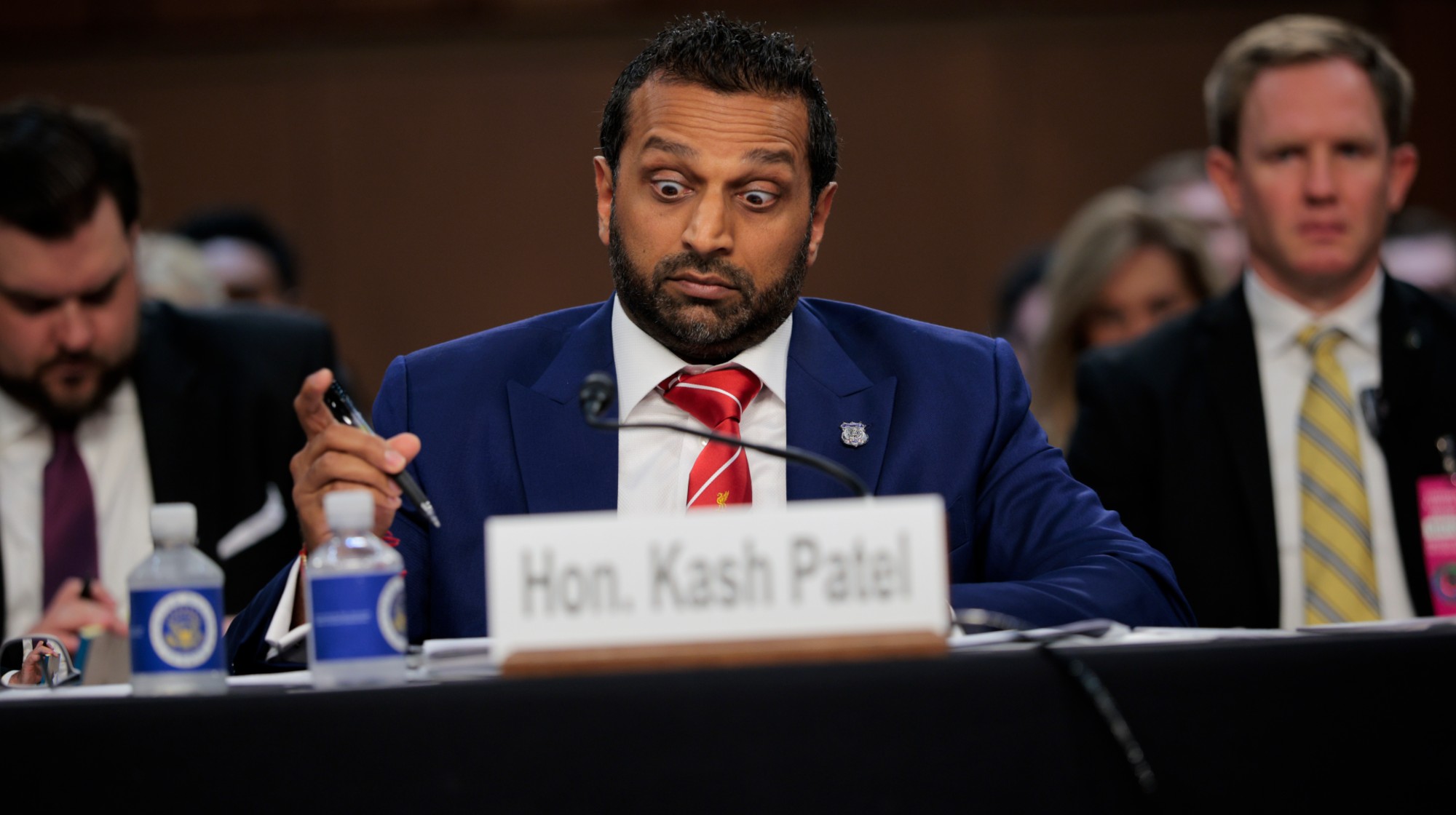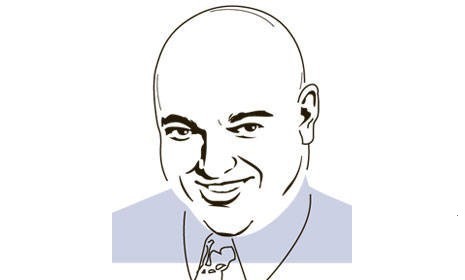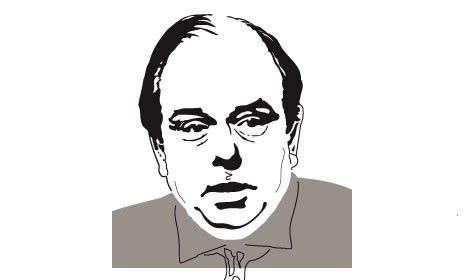Keynes & Co. have lost the stimulus argument
With the nation mired in unemployment, liberal economists have been pulling the fire alarm with increasing urgency. But the fire department isn't coming
My friends Kevin O'Rourke and Barry Eichengreen in the office next door were chief among those economists warning at the start of 2009 that the shock to the world economy inflicted by the financial crisis was greater than the shock that had caused the Great Depression. They were right.
The good news is we have avoided another Great Depression. But it seems ill-advised for Barack Obama to stand up on a Friday morning in early July and say that the economy is "headed in the right direction" (even if, as he said, "we are not headed there fast enough") and to highlight "the sixth straight month of job growth in the private sector." The employment-to-population ratio has been flat since November. Over the past six months--since the downturn ended--the U.S. economy has not been recovering from its near-depression, and not been putting a greater and greater portion of its potential labor force to work. Rather, it has been bumping along the bottom. There is a big difference between the economy getting "better" and the economy "no longer getting worse rapidly."
The good news is we have avoided a second Great Depression. The bad news is job growth is weak and our economy is on the brink of a dangerous double-dip recession.
The Week
Escape your echo chamber. Get the facts behind the news, plus analysis from multiple perspectives.

Sign up for The Week's Free Newsletters
From our morning news briefing to a weekly Good News Newsletter, get the best of The Week delivered directly to your inbox.
From our morning news briefing to a weekly Good News Newsletter, get the best of The Week delivered directly to your inbox.
The president’s calm rhetorical pose is not helpful to policymaking. As Ezra Klein writes, "the White House's broad approach... is to emphasize how much improvement there is, rather than how much needs to be done. That makes political sense." But it also "makes it difficult for the White House to run around with its hair on fire about how bad things are and how necessary it is that Congress doesn't abandon the labor market in order to pretend to care about the deficit."
Premature declarations of victory are especially worrisome because the Congress is only one of the many centers of power in the global economy that have decided too much has already been done to boost global demand, and that the next policy moves must serve the opposite goals of austerity, retrenchment, and contraction. From the German and British governments to the U.S. Federal Reserve, and from all 50 U.S. states to the European Central Bank, economists seeking additional stimulus have lost the argument. Those of us who believe that double-digit unemployment, accompanied by less-than-single-digit inflation and record lows for nominal long-term government bond rates, signals a crisis of confidence not in the government but in the banking system and the private sector find that we have no policy traction.
Our arguments lack even rhetorical effect—filtered, as they are, through a journalistic prism that cannot distinguish the financial travails of Greece from those of the United States. Similarly, in the Academy, a good many economists don't seem to be up to speed on the analytical advances made by Jean-Baptiste Say and John Stuart Mill in their 1829 analyses of the 1825-1826 recession in Britain, let alone the advances made by economists like Walter Bagehot, Knut Wicksell, Irving Fisher, Richard Kahn, Milton Friedman, John Hicks, Hyman Minsky, James Tobin, Charles Kindleberger, and John Maynard Keynes.
Intellectually disarmed, we face U.S. payroll employment declining by 125,000 in June, forecasts predicting no decline in the unemployment rate for the rest of the year, and bond-market government yields and stock market equity prices that predict a more dire future than they appeared to presage last fall when the bleeding stopped.
A free daily email with the biggest news stories of the day – and the best features from TheWeek.com
The situation is grim. So why isn't everybody running around with their hair on fire?
Why aren't there irresistible political demands for more government action to steer us toward a better economic recovery --or at least to hedge against a double-dip in what seems likely to be called not a “recession” but a “depression” when historians get around to writing about it?
I have my theories:
• widening wealth inequality and an upgrading of the class position of reporters and pundits, who are no longer ink-stained wretches immersed in mainstream America;
• the collapse of union power, which ensures that nobody who sees real workers on a daily basis sits at the table when the deals are made;
• increasing job security for the powerful in Washington, aided by the growth of the lobbying apparatus that envelops the mixed-economy government;
• the collapse of professional integrity among the Washington press corps, which no longer dares to call balls and strikes as it sees them, preferring to say only that the Democrats say it was a strike and the Republicans say it was a ball, and that opinions on the shape of the earth differ.
I don't know which theories are right. But the situation does leave me feeling like one crying in the wilderness. (Say not "we are children of the market!”) I cry out to boost aggregate demand--by banking policy, by monetary policy, by fiscal policy, by spending increases, by tax cuts, by anything -- I don't care what!
More constructive, however, might be to go back to late 2008, when the incipient Obama Administration thought that it had put in place policies that would, by today, have reduced the unemployment rate safely below 7.5 percent. It’s time to review some of the ideas then being batted around about what to do if recovery reversed or stalled.
Go back to December 16, 2008, when Ryan Lizza reported in The New Yorker on the Obama Administration’s thinking. Council of Economic Advisors Chair-Designate Christina Romer believed the following: that the appropriate total value for the American Recovery and Reinvestment Act fiscal stimulus was something more than $1.2 trillion, but that to ask for a stimulus that large would risk gridlock in the Senate. (The result was an ARRA of about $600 billion of real stimulus tax cuts and spending increases alongside ineffective ornaments dear to the hearts of legislators.)
Or go back earlier--to August of 2008, before the Lehman Brothers and the AIG bankruptcies, when Obama adviser Lawrence Summers was writing that "the remaining scope for monetary policy to stimulate the U.S. economy is surely very limited" and that "output and employment are likely to remain below their potential levels for several years in the best of circumstances.”
The output gap even then was some $300 billion per year. To address it, some called for a stimulus program of roughly $500 billion. Yet the problem ultimately turned out to be four to five times larger than what economists were forecasting at the time Summers wrote.
When Congress passed an ARRA on a scale that struck many of us who had done the numbers as worrisomely small, we told ourselves six things to reassure ourselves:
1. If unemployment rises faster and further than in the forecast--or even as fast as in the forecast--there will always be scope for another ARRA-like tranche of tax cuts and spending increases.
2. If high unemployment persists longer than in the forecast--or even as long as in the forecast--there will always be scope to extend ARRA for additional years and add additional fiscal stimulus.
3. The Federal Reserve has already increased the monetary base to a previously unimaginable extent and has doubled its balance sheet to $2 trillion. Even though there is good reason to think that further increases in the money stock alone will have little effect on the economy--that conventional monetary policy is tapped out--the Federal Reserve could always further increase its balance sheet to $3 trillion or $4 trillion. Such quantitative easing would be highly likely to eliminate fears of possible deflation or other lower tail risks and act as a powerful spur to investment. Such an enormous expansion of the balance sheet would produce a qualitative improvement in the assets held by the private sector, which would greatly reduce risk spreads and make funding available to American companies on much more attractive terms.
4. Even if the Federal Reserve does not engage in further quantitative easing, the Treasury could do so by leveraging its TARP authority to transform $2 trillion or so of risky assets that the private sector now holds into $2 trillion of assets backed by the faith and credit of the U.S. government. Such a transformation would produce a qualitative change in private assets, greatly reducing risk spreads and making funding available to American companies on much more attractive terms.
5. If things get bad enough, the Treasury can always force banks to lend to companies--either via temporary nationalization, or through using its TARP authority to capitalize new government-sponsored enterprises like the Depression-era Reconstruction Finance Corporation.
6. If all else fails, the Federal Reserve can always drop money out of helicopters.
The reassuring thought was that the ARRA was just one -- and not necessarily the biggest -- of stimulative measures available beyond the standard Federal Reserve framework of using open market operations to reduce short-term Treasury rates. In fact, a Rooseveltian amplitude of acronyms -- TARP, PPIP, MMIFL, TALF, CPLF, TAC, HAMP – are at policy makers’ disposal.
But Congress is balking. Republican legislators from states with double-digit unemployment have put party above country. Blue Dog Democrats, who think that they can marginally improve their chance of gaining more terms in office if they publicly worry about the deficit to the exclusion of all else, have put self above country and party. And, significantly, the Obama Administration has never offered a grand bargain for tax increases and entitlement caps in the future in return for more spending now to restore full employment.
Additional stimulus – as conceived in (1) and (2) above appear no longer politically feasible. (Dropping money out of helicopters (6), which would surely require Congressional authorization at some level, is likewise politically difficult.)
But (3), (4), and (5) are all, in some form, still on the table. Under what circumstances should we break the glass and resort to them? And what political shots should we be making right now to set up the pool table in order to accomplish (1), (2), or (6) via Congressional authorization if necessary in the coming lame-duck session.
So far, it seems the Obama administration has, at every stage, made honest forecasts within the bounds of consensus opinion. But it has been making policies appropriate to the 80th percentile outcome--to the situation in which we have quite good luck. It should have been making policies appropriate to the 20th percentile outcome—in effect, buying insurance against the possibility of bad luck. And we have had bad luck.
So what is the administration’s Plan B? And who is drawing it up?
As I await answers, I’ll dine on a simple meal of locusts and wild honey, and wash my spare goatskin.
Brad DeLong is a professor in the Department of Economics at U.C. Berkeley; chair of its Political Economy major; a research associate at the National Bureau of Economic Research; and from 1993 to 1995 he worked for the U.S. Treasury as a deputy assistant secretary for economic policy. He has written on, among other topics, the evolution and functioning of the U.S. and other nations' stock markets, the course and determinants of long-run economic growth, the making of economic policy, the changing nature of the American business cycle, and the history of economic thought.
-
 The Trump administration says it deports dangerous criminals. ICE data tells a different story.
The Trump administration says it deports dangerous criminals. ICE data tells a different story.IN THE SPOTLIGHT Arrest data points to an inconvenient truth for the White House’s ongoing deportation agenda
-
 Ex-FBI agents sue Patel over protest firing
Ex-FBI agents sue Patel over protest firingspeed read The former FBI agents were fired for kneeling during a 2020 racial justice protest for ‘apolitical tactical reasons’
-
 The real tragedy that inspired ‘Hamlet,’ the life of a pingpong prodigy and the third ‘Avatar’ adventure in December movies
The real tragedy that inspired ‘Hamlet,’ the life of a pingpong prodigy and the third ‘Avatar’ adventure in December moviesThe Week Recommends This month’s new releases include ‘Hamnet,’ ‘Marty Supreme’ and ‘Avatar: Fire and Ash’
-
 The FCC needs to open up about LightSquared
The FCC needs to open up about LightSquaredfeature A politically-connected company that wants to build a massive 4G internet network seems to have benefited from some curious favors from the feds
-
 Do you believe in magic?
Do you believe in magic?feature The House speaker's debt-ceiling proposal is smoke and mirrors. That's what's good about it
-
 Will both sides blink on the debt ceiling?
Will both sides blink on the debt ceiling?feature With the financial credibility of our nation at stake, and both parties facing massive political risks, lawmakers might agree to a grand bargain after all
-
 Dine and dash?
Dine and dash?feature Politicians are jockeying for advantage as the bill comes due on our gaping national debt. But without an agreement soon, we'll all be stuck with the check
-
 The GOP's dueling delusional campaign ads
The GOP's dueling delusional campaign adsfeature Slick ads attacking Jon Huntsman and Tim Pawlenty as reasonable moderates show just how divorced from reality today's Republican Party is
-
 Bibi turns on the charm
Bibi turns on the charmfeature In the fight over Israel's borders, Netanyahu takes the upper hand
-
 Get rich slow
Get rich slowfeature A cheap U.S. dollar is no fun, but it will get the job done
-
 Bin Laden, the fringe Left, and the torturous Right
Bin Laden, the fringe Left, and the torturous Rightfeature The killing of the architect of September 11 has provoked predictable remonstrance from the usual suspects